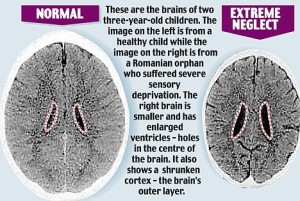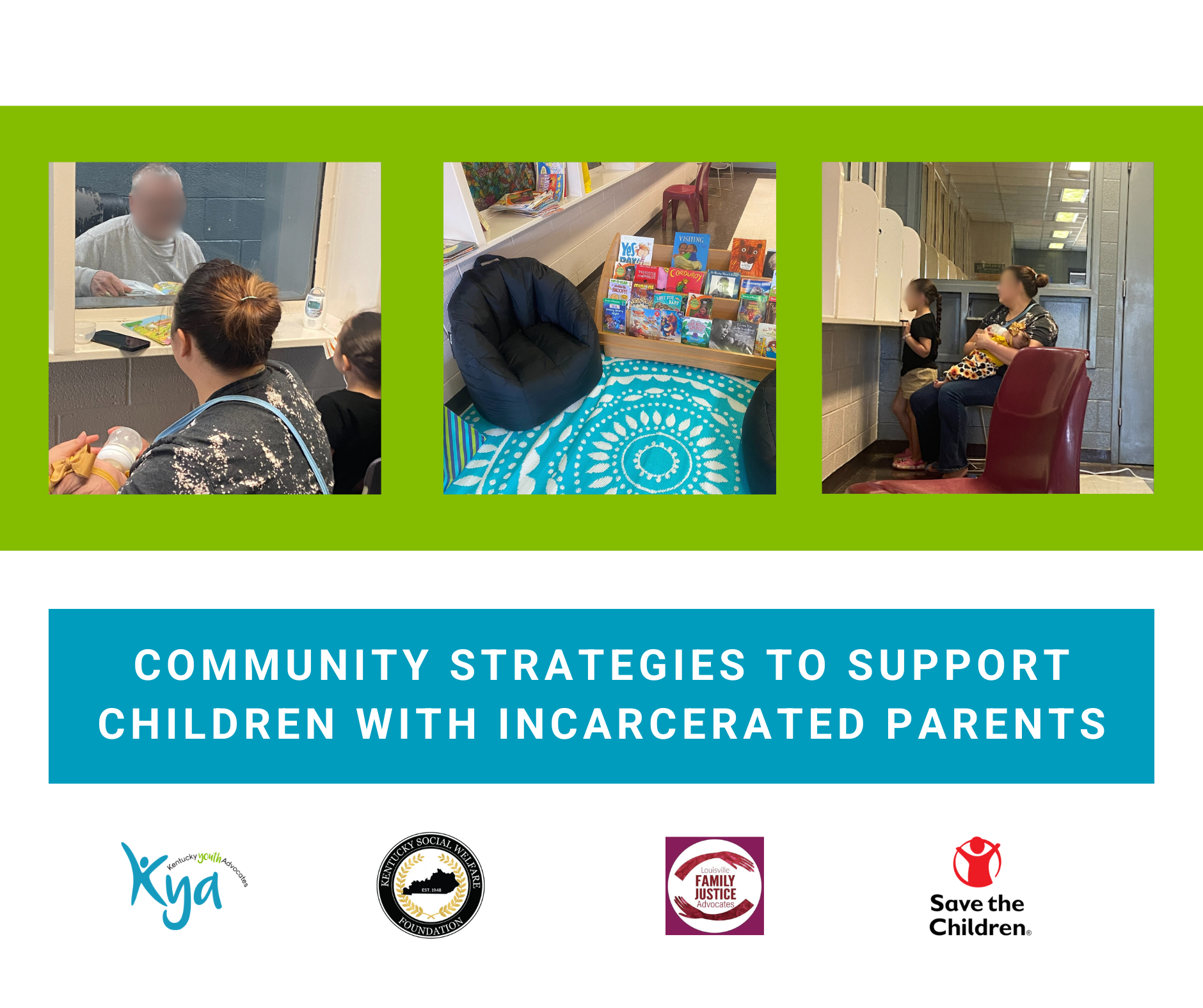 The Washington Post recently published an article that outlined the release of the first major study of child abuse and neglect in the last 20 years from the researchers at the National Academy of Sciences. The report, New Directions on Child Abuse and Neglect Research, was compiled after the U.S. Department of Health and Human Services requested updated findings and new recommendations for action.
The Washington Post recently published an article that outlined the release of the first major study of child abuse and neglect in the last 20 years from the researchers at the National Academy of Sciences. The report, New Directions on Child Abuse and Neglect Research, was compiled after the U.S. Department of Health and Human Services requested updated findings and new recommendations for action.
The brain grows rapidly as children grow, especially from birth to the age of three. This period of time is critical in a child’s development. Children need a healthy, safe environment to be able to grow and learn without barriers. Sadly, a child in this age group is also the most at risk of becoming a victim of neglect and child abuse as well as fatality and near fatality as a result of that abuse.
The most alarming findings presented in the study were the effects that child abuse and neglect can have on brain development. Maltreatment can negatively impact the part of the brain responsible for thinking, planning, reasoning and decision making. Severe neglect can cause delays in the development of thought processing and language and can also cause the brain to be visibly smaller than that of a child that does not experience extreme neglect. In addition, abuse and neglect can negatively impact the part of the brain that regulates anxiety and fear. All of these vital functions influence physical and mental health as well as academic and social aspects of a person’s life.
Fortunately, the study found that the national rates of physical and sexual abuse have declined over the last twenty years, though emotional and psychological abuse is on the rise and neglect has remained relatively unchanged. Researchers are still unable to determine the reason behind the trends, which strengthens the recommendation for research to become a priority, as stated in the study.
Another recommendation made by the study was the creation of a nationwide coordinated strategy due to the state-to-state variation in definitions of abuse and neglect as well as training public officials how to respond to it. The actual national numbers of abuse and neglect could be significantly underestimated due to underreporting or delayed action by the child welfare system.
“Child abuse and neglect is a serious public health problem which requires immediate, urgent attention,” said Anne Petersen, who chaired the research committee for the Institute of Medicine and the National Research Council of the National Academies. “The consequences can last into adulthood, with significant costs to the individual, to families, and to society.”
It is evident that improvements need to be made in prevention and early intervention of child abuse and neglect. The improvements will not only benefit the child, but also the family and the community that will be impacted. Child maltreatment is a systemic issue that saturates every level of society whether it is the mental health of the child, social workers taking part in investigations, interventions to help heal the family, or the costs to the states that pay for those treatments. Everyone must face that child abuse and neglect happens, but the more we know, the more we can do to help.
There are many ways you can get involved. First, consider joining the Kosair Charities Face It Campaign to end child abuse. As an Ambassador of the Campaign, you can help spread the word in the community of how you can be the face that ends child abuse. You can also follow face it on twitter using the handle @faceitabuse or on Facebook at www.facebook.com/faceitabuse.
If you believe a child is being abused, neglected or is dependent, you should call the Child Protection Hot Line number below:
Child Protection Hot Line:
1-877-KYSAFE1
or
1-877-597-2331
(Toll Free)





